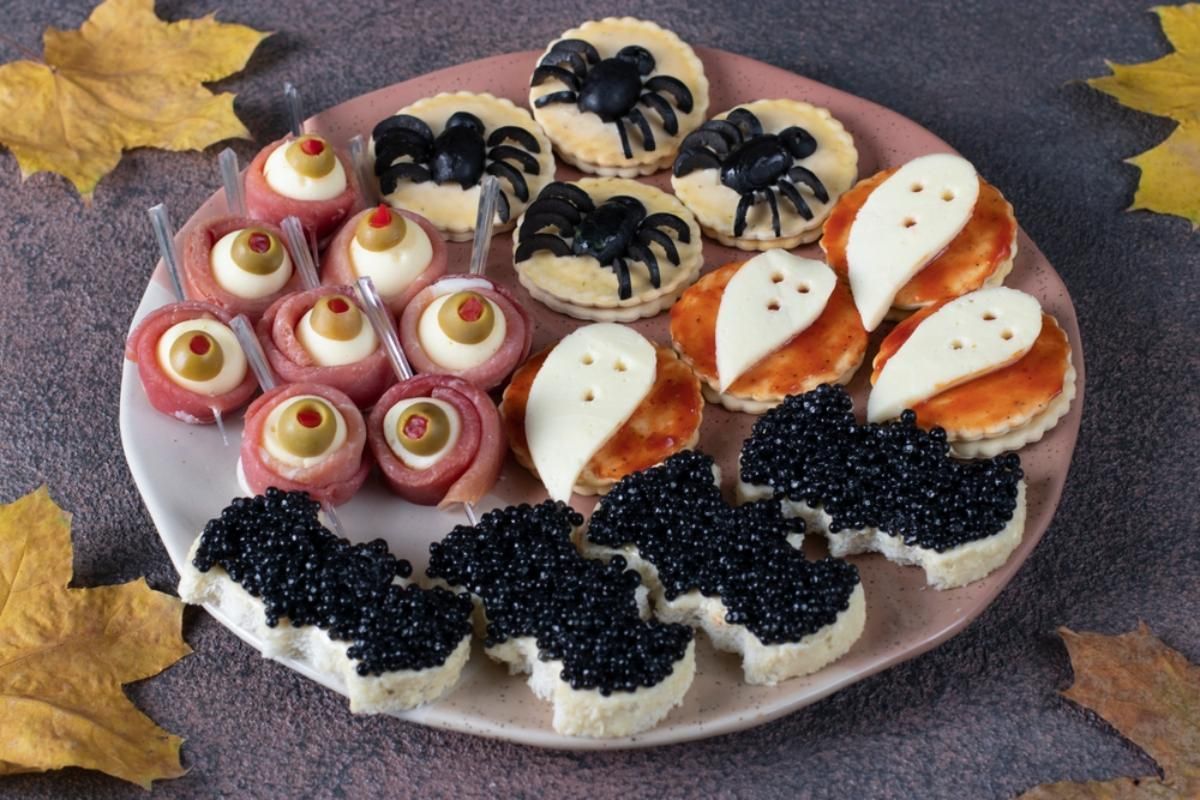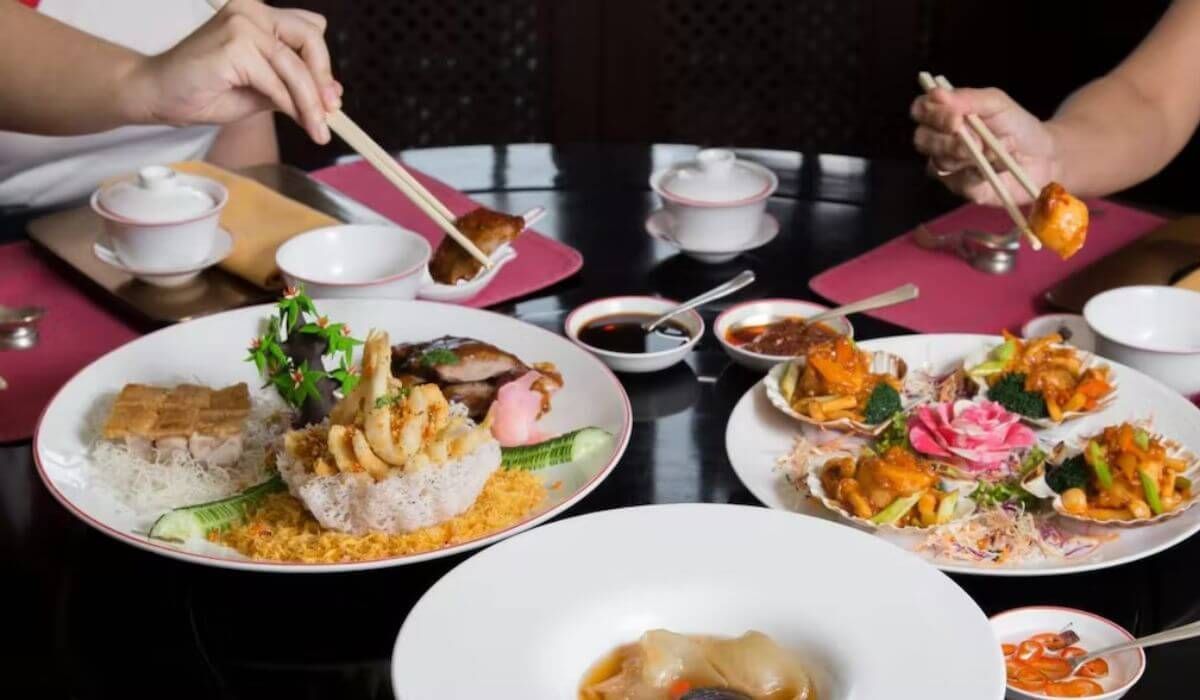Planning a corporate event is a significant undertaking that requires careful consideration and organization. One of the most crucial aspects of successful event planning is setting clear, actionable objectives. Defining these goals ensures that your event in Sydney meets its intended purpose and achieves the desired outcomes. In this guide, we will explore the importance of setting event objectives, types of objectives for corporate events, and how to
apply the SMART criteria
to your planning process. Additionally, we’ll cover useful tools and techniques to help you define and achieve your event goals.
The Importance of Clear Event Objectives
Why Objectives Matter in Event Planning
Setting clear objectives is fundamental to the success of any corporate event. Objectives provide direction and a framework for decision-making throughout the planning process. They help ensure that all aspects of the event align with your desired outcomes, whether it's increasing brand awareness, fostering client relationships, or launching a new product. Without well-defined goals, it’s challenging to measure success and make informed decisions.
Clear objectives also aid in budgeting and resource allocation. By knowing what you want to achieve, you can allocate resources more effectively and avoid unnecessary expenses. This targeted approach helps in creating a more focused and impactful event, which ultimately contributes to achieving your business goals.
Impact of Well-Defined Goals on Event Success
Well-defined goals have a direct impact on the success of your event. When you set specific, measurable, achievable, relevant, and time-bound (SMART) objectives, you create a clear roadmap for your planning efforts. This clarity ensures that everyone involved in the event understands the goals and works towards them, increasing the likelihood of achieving successful outcomes.
For instance, if your objective is to generate 500 new leads at a trade show, you can tailor your marketing efforts, booth design, and engagement strategies to meet this goal. This focused approach not only enhances the effectiveness of your event but also improves your ability to evaluate its success.
Types of Objectives for Corporate Events
Networking and Relationship Building
One of the primary objectives for many corporate events is to facilitate networking and relationship building. Corporate events in Sydney, like industry conferences or business mixers, often focus on bringing together professionals to exchange ideas, forge partnerships, and strengthen existing relationships.
Networking objectives might include:
- Expanding Professional Networks: Encouraging attendees to connect with industry peers and potential business partners.
- Strengthening Client Relationships: Providing opportunities for existing clients to engage with your brand in a more personal setting.
By setting clear networking objectives, you can design your event to create ample opportunities for interaction and connection.
Brand Awareness and Product Launches
Corporate events are also an excellent platform for increasing brand awareness and launching new products. Whether you're hosting a product launch event or a brand awareness seminar, your objectives should focus on showcasing your brand and products effectively.
Brand awareness objectives might include:
- Enhancing Brand Visibility: Ensuring your brand is prominently featured throughout the event, from signage to promotional materials.
- Showcasing New Products: Highlighting product features and benefits through demonstrations, presentations, and interactive displays.
Setting objectives related to brand awareness and product launches helps in creating a memorable experience that resonates with attendees and reinforces your brand’s position in the market.
Setting SMART Objectives for Corporate Events
What are SMART Objectives?
The SMART criteria are a widely recognized framework for setting effective goals. SMART objectives are:
- Specific: Clear and precise about what you want to achieve.
- Measurable: Quantifiable to track progress and determine success.
- Achievable: Realistic and attainable given your resources and constraints.
- Relevant: Aligned with your overall business goals and event purpose.
- Time-bound: Defined by a specific timeframe for completion.
Applying the SMART criteria helps in creating objectives that are clear, actionable, and focused, which enhances the planning and execution of your corporate event.
Examples of SMART Objectives for Events
Here are a few examples of SMART objectives for corporate events:
- Specific: “Increase brand awareness by generating 200 social media mentions during the event.”
- Measurable: “Collect 300 new leads from event attendees through sign-up forms and interactions.”
- Achievable: “Host a workshop that attracts at least 50 participants and provides valuable insights into our new product.”
- Relevant: “Launch our new service with a goal of securing at least 10 follow-up meetings with potential clients.”
- Time-bound: “Complete all event setup and marketing materials two weeks before the event date.”
These examples illustrate how to set clear, actionable goals that align with your event’s purpose and ensure successful outcomes.
Tools and Techniques to Help Define Your Event Goals
Using Event Planning Software
Event planning software can be a valuable tool for setting and tracking your event objectives. These platforms offer features for managing tasks, timelines, and budgets, which help streamline the planning process. Popular event planning software includes:
- Eventbrite: Useful for managing registrations and ticketing.
- Cvent: Offers comprehensive event management features, including attendee tracking and analytics.
- Asana: Helps with task management and project coordination.
By leveraging event planning software, you can keep track of your objectives, monitor progress, and make necessary adjustments to stay on target.
Workshops and Brainstorming Sessions
Workshops and brainstorming sessions are effective techniques for defining event objectives. These collaborative sessions involve key stakeholders and team members to discuss and refine goals.
Consider conducting:
- Strategy Workshops: Focused sessions where you define your event’s purpose, objectives, and key performance indicators (KPIs).
- Brainstorming Sessions: Creative meetings to generate ideas and solutions for achieving your objectives.
These interactive sessions encourage input from various perspectives and help in creating well-rounded and realistic objectives.
Conclusion
Setting clear and actionable objectives is a critical component of successful corporate event planning. By understanding the importance of objectives, exploring different types of goals, applying the SMART criteria, and utilizing effective tools and techniques, you can ensure your corporate event in Sydney achieves its desired outcomes.
Start your event planning process with a strong foundation by defining your objectives clearly and early. This approach not only enhances the effectiveness of your event but also aligns your efforts with your overall business goals. For more tips and resources on event planning and catering in Sydney, explore Cater King’s website
and get started on planning a successful and impactful corporate event.
FAQs About Setting Objectives for Your Corporate Event in Sydney
How do I determine the right objectives for my corporate event?
Start by identifying the primary purpose of your event, whether it’s networking, brand awareness, or product launches. Consider your audience, desired outcomes, and how these objectives align with your overall business goals. Setting clear, SMART objectives will help guide your planning process and measure success.
What are some common objectives for corporate events in Sydney?
Common objectives for corporate events in Sydney include networking and relationship building, increasing brand awareness, product launches, and enhancing client engagement. Tailoring these objectives to your specific event and audience will help ensure relevance and effectiveness.
How can SMART objectives improve my event planning process?
SMART objectives provide a clear framework for goal-setting, making it easier to plan and execute your event. They help in setting specific, measurable, achievable, relevant, and time-bound goals, which enhances focus, resource allocation, and the ability to track progress and success.
What tools can assist in setting and tracking event objectives?
Event planning software like Eventbrite, Cvent, and Asana can help manage tasks, timelines, and budgets. Additionally, workshops and brainstorming sessions can aid in defining and refining your objectives with input from stakeholders and team members.






